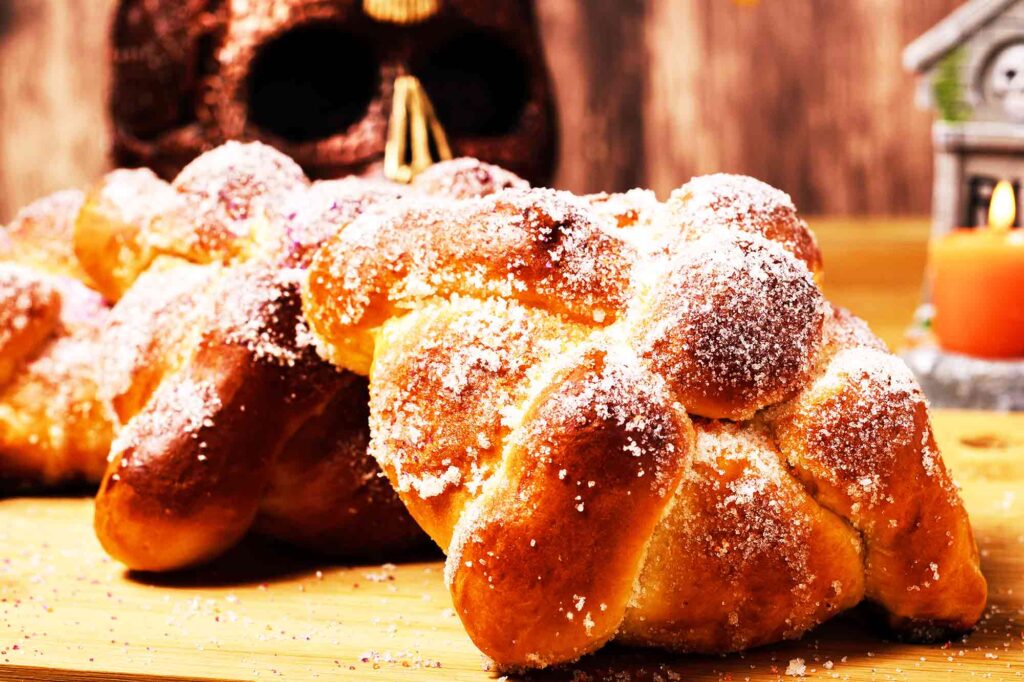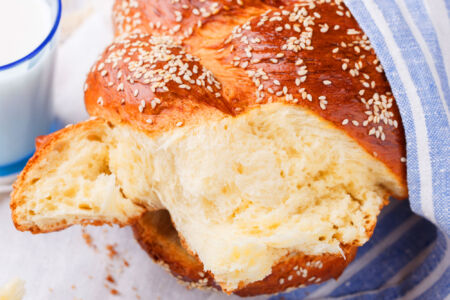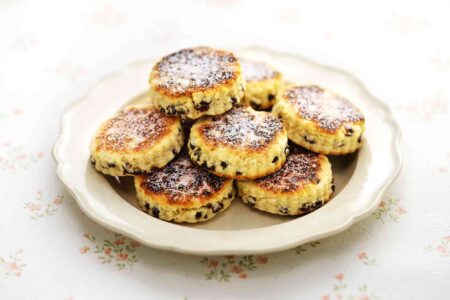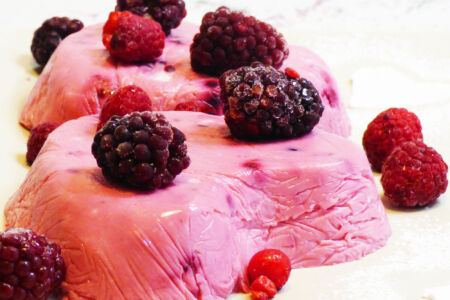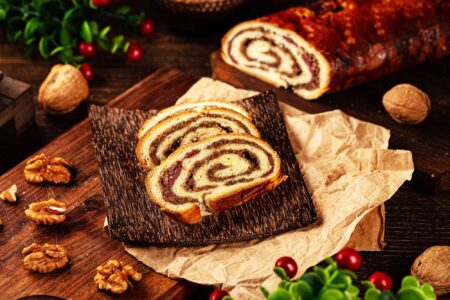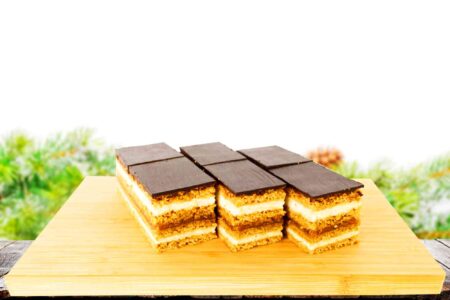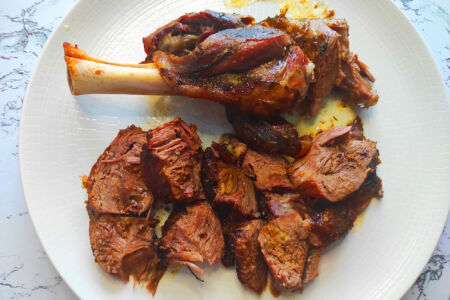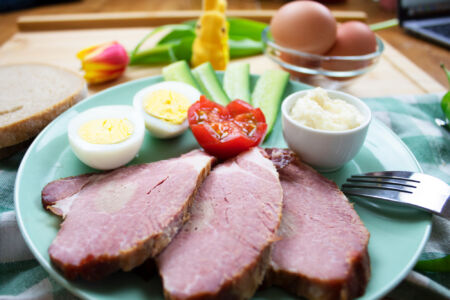Homemade Pan de Muertos
Pan de Muertos: A Sweet Tradition Honoring the Ancestors
Pan de Muertos, or Bread of the Dead, is a fascinating and deeply symbolic tradition in Mexican culture. This article delves into the history and origin of this unique bread, exploring its significance in the Day of the Dead (Dia de los Muertos) celebrations.
Discover the origins of this delicious, yet poignant treat and how it has evolved over the years.
History and Origin
Pan de Muertos has its roots in the ancient traditions of indigenous peoples in Mexico. Long before the Spanish arrived in the Americas, the Aztecs and other Mesoamerican cultures had rituals and festivals to honor the deceased.
Food played a central role in these celebrations, and bread was an essential part of it.
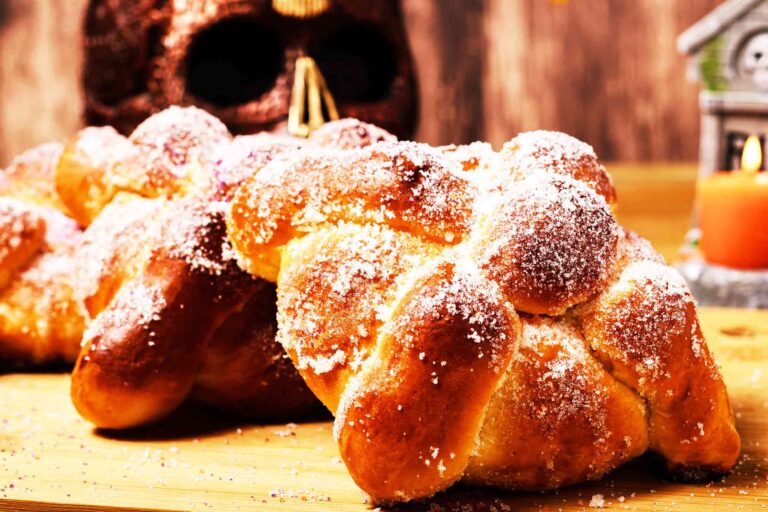
| Prep time | Cook Time | Rest Time | Total Time |
|---|---|---|---|
| 120 min | 30 min | 60 min | 210 min |
The dough for Pan de Muertos
was typically made from amaranth, a grain revered by the Aztecs, mixed with honey or agave nectar. These early versions of the bread often featured skull or bone-shaped decorations.
The bread was baked in intricate forms and was considered an offering to the deceased, symbolizing the cyclical nature of life and death. It was believed to nourish the spirits of the departed during the Dia de los Muertos festivities.
When the Spanish colonizers arrived in Mexico in the 16th century, they brought with them wheat, sugar, and other European ingredients.
These ingredients were gradually incorporated into the indigenous recipes, leading to the evolution of Pan de Muertos into the form we know today.
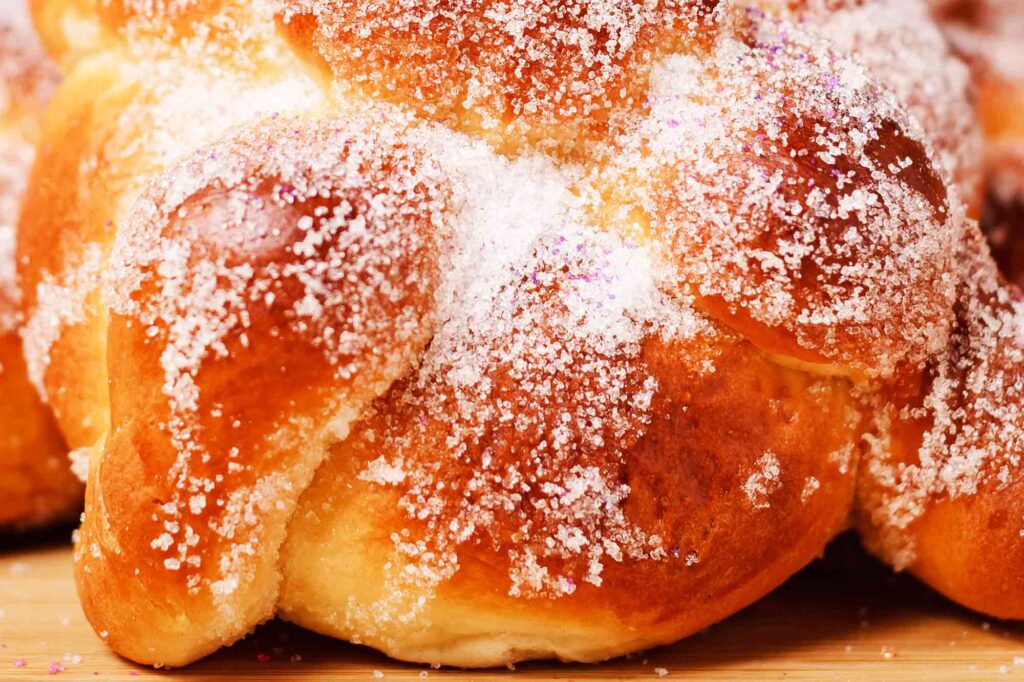
The modern Pan de Muertos
is typically a sweet, enriched bread, often flavored with orange blossom water and topped with sugar. The round shape represents the circle of life, and the “bones” or “skulls” on top symbolize the deceased.
It is a vital element of Dia de los Muertos altars, known as “ofrendas,” where families remember and pay tribute to their loved ones who have passed away.
Today, Pan de Muertos is baked and enjoyed throughout Mexico and by Mexican communities around the world during the Day of the Dead celebrations, which occur from October 31st to November 2nd.
The bread serves as a connection between the living and the deceased, preserving the ancient traditions and honoring the memory of those who have passed on.
As you savor
the sweet, fragrant Pan de Muertos, remember that each bite carries centuries of history, culture, and reverence for the cycle of life and death.
It is a symbol of the enduring connection between the living and the spirits of the departed, making it a truly remarkable and meaningful tradition.
Ingredients
Instructions
Warm the milk
to about 43°C (110°F) and dissolve the yeast in it. Let it sit for about 10 minutes until it becomes frothy.
In a large mixing bowl, combine the flour, sugar, and salt.
Add the eggs, melted butter, orange blossom water (or vanilla extract), and the yeast-milk mixture to the dry ingredients.
Mix well until a dough forms.Knead the dough on a floured surface for about 10 minutes, or until it becomes smooth and elastic.
Place it in a greased bowl, cover it with a kitchen towel, and let it rise for about 1 hour or until it has doubled in size.
Preheat your oven to 175°C (350°F).
Punch down the dough to remove excess air and divide it into smaller portions to form the traditional “bones” and “skull” shapes. You can shape the dough into a round loaf with “bones” and “skull” shapes on top.
Place the shaped dough on a baking sheet lined with parchment paper.
In a small bowl,
mix the egg yolk with a bit of water and brush it over the top of the dough.
Sprinkle some granulated sugar over the top.Bake in the preheated oven for 25-30 minutes, or until the bread is golden brown and sounds hollow when tapped on the bottom.
Optional: While the bread is still warm, you can brush it with melted butter to add a shiny glaze.
Allow the Pan de Muertos to cool on a wire rack for about 1 hour before serving.
Enjoy, Good Appetite!

